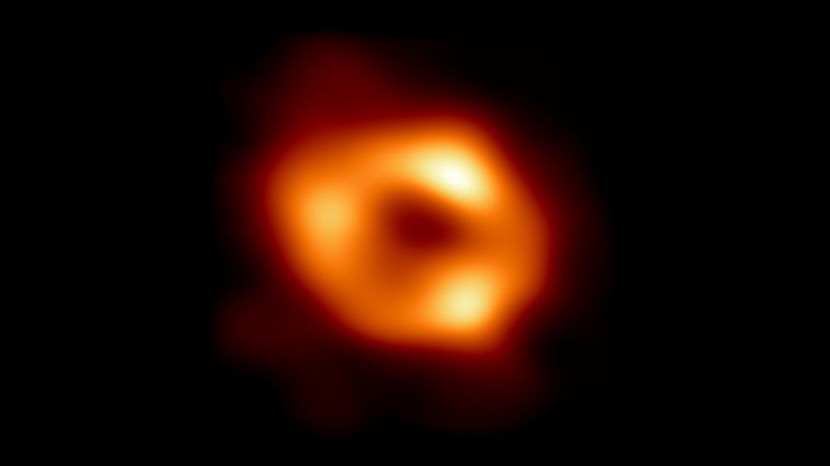
Scientists observed an incredibly rare cosmic event where a bright flash appeared in the night sky in February that was the result of a star approaching too close to a supermassive black hole, causing it to meet its untimely end as it was ripped to shreds.
Despite being seen earlier this year, the phenomenon actually occurred some 8.5 billion years ago, at the time when the universe was only a third of its current age. The event has since created more questions than answers.
Extremely Rare Cosmic Event
On Feb. 11, the Zwicky Transient Facility at the California Institute of Technology's Palomar Observatory was the first to pick up the signal from the luminous explosion, which scientists dubbed as AT 2022cmc.
Experts said that it was highly likely that AT 2022cmc appeared so bright in our night sky due to the jet being pointed directly towards our planet, creating what is known as a "Doppler-boosting" effect.
The discovery of the phenomenon could provide more information about the growth of supermassive black holes, including how they feast on stars. Two separate studies that detailed the event were published in the journals Nature Astronomy and Nature on Wednesday, as per CNN.
Usually, gamma-ray bursts, which are the powerful jets of X-rays that are released at the moment that stars collapse, explain the brightest flashes in the night sky. Dr. Benjamin Gompertz, who led the gamma-ray burst comparison analysis for the paper, said that the events are the usual suspects for events such as the one that was observed earlier this year.
Gompertz, who is also an assistant professor at the University of Birmingham in the United Kingdom, added that as bright as the events are, there was only so much light that a collapsing star can produce.
According to Vice, the flash was said to be as bright as the light of 1,000 trillion suns. An astronomer at the University of Maryland, Igor Andreoni, said that the first message they received on Slack was "are we re-starting with a bank?"
Read Also: James Webb Telescope Photo: Birth of Star Captured in Striking Image of Space 'Hourglass'
Cosmic Beam of Light
The message was during a call with Motherboard that included his colleague Michael Coughlin, who is an astronomer at the University of Minnesota. The latter said that engineers worked non-stop, even during the weekends, day in and day out, to make the camera operational again.
The team co-led by Andreoni and Coughlin report that the mysterious beam of light was a cosmic event known as a tidal disruption event (TDE). They added that this particular one is the furthest jetted TDE that has been discovered so far.
Coughlin noted that AT 2022cmc is the first that scientists have discovered in more than a decade. He noted that from the data they have, they estimated that relativistic jets are launched in only 1% of these destructive events, which means that AT 2022cmc is an extremely rare event.
Despite the data, scientists are still perplexed about why the behavior is rarely seen in the universe. The research team theorizes that AT 2022cmc's rapid spin powers the jets, adding to the current understanding of the physics behind these cosmic phenomena, Cosmos Magazine reported.








